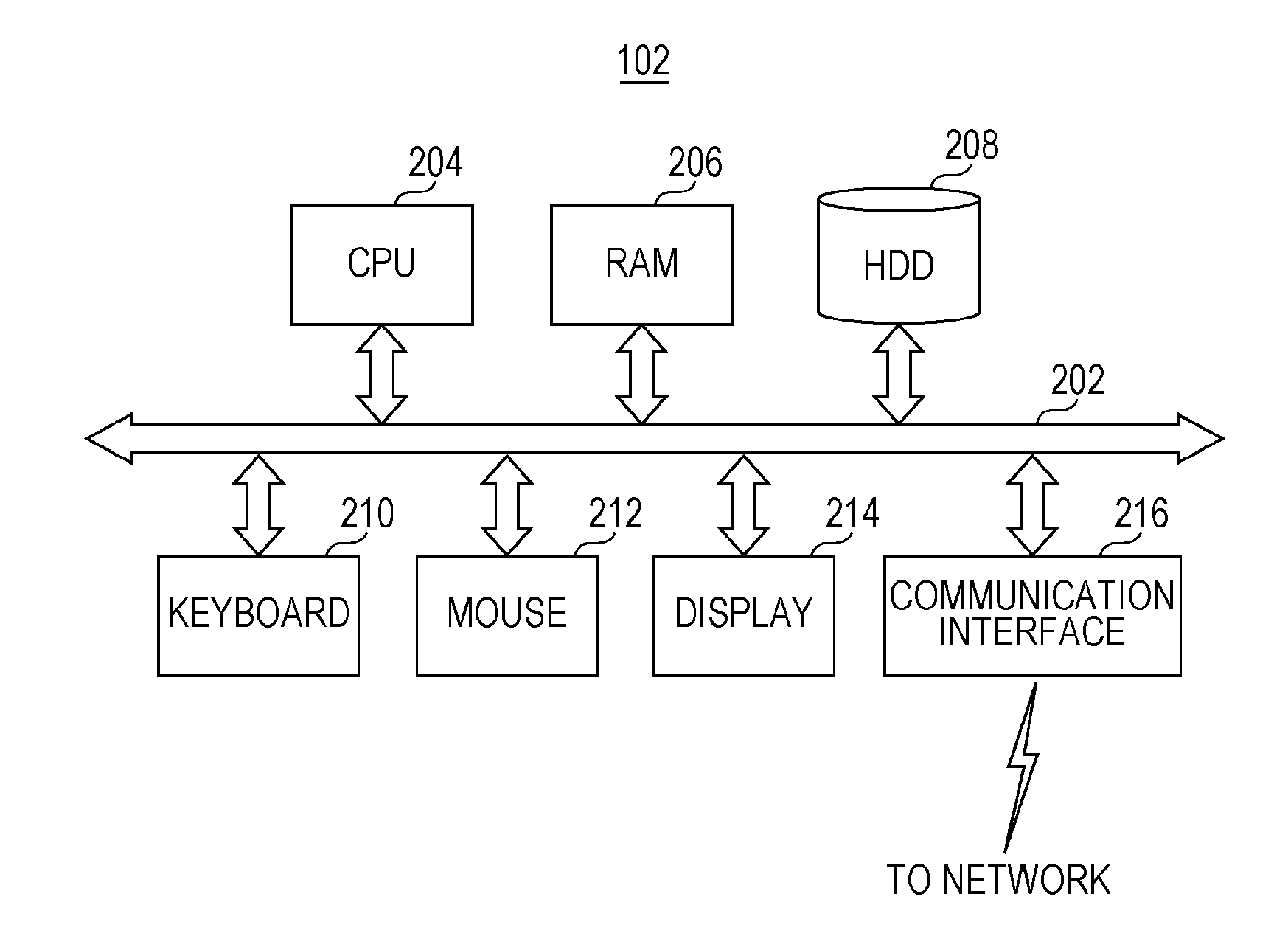System, method, and program for predicting state of battery
a battery and program technology, applied in the field of system, method and program for predicting the state of the battery, can solve the problems of reducing the range of the vehicle, reducing the other running functions, and gradually reducing the charging ratio of the battery
- Summary
- Abstract
- Description
- Claims
- Application Information
AI Technical Summary
Benefits of technology
Problems solved by technology
Method used
Image
Examples
Embodiment Construction
[0031]Accordingly, it is an object of the present invention to provide a technique for predicting the state of a battery, the technique being capable of estimating it for various degradation environments and also capable of updating the model using a usage history under various degradation environments.
[0032]It is another object of the invention to provide a technique for predicting the state of a battery, the technique being capable of updating and refining the model using data about a cell history under actual running collected from a large number of commercially available electric vehicles.
[0033]A basic concept of the present invention is that modeling of a battery is made so as to be separated into an aging section and a current-carrying section. That is, the modeling is established such that the amount of degradation of a capacity retention ratio is determined by the linear sum of stay frequencies (current-carrying amounts during stay) at each temperature and each state of char...
PUM
 Login to View More
Login to View More Abstract
Description
Claims
Application Information
 Login to View More
Login to View More - R&D
- Intellectual Property
- Life Sciences
- Materials
- Tech Scout
- Unparalleled Data Quality
- Higher Quality Content
- 60% Fewer Hallucinations
Browse by: Latest US Patents, China's latest patents, Technical Efficacy Thesaurus, Application Domain, Technology Topic, Popular Technical Reports.
© 2025 PatSnap. All rights reserved.Legal|Privacy policy|Modern Slavery Act Transparency Statement|Sitemap|About US| Contact US: help@patsnap.com



